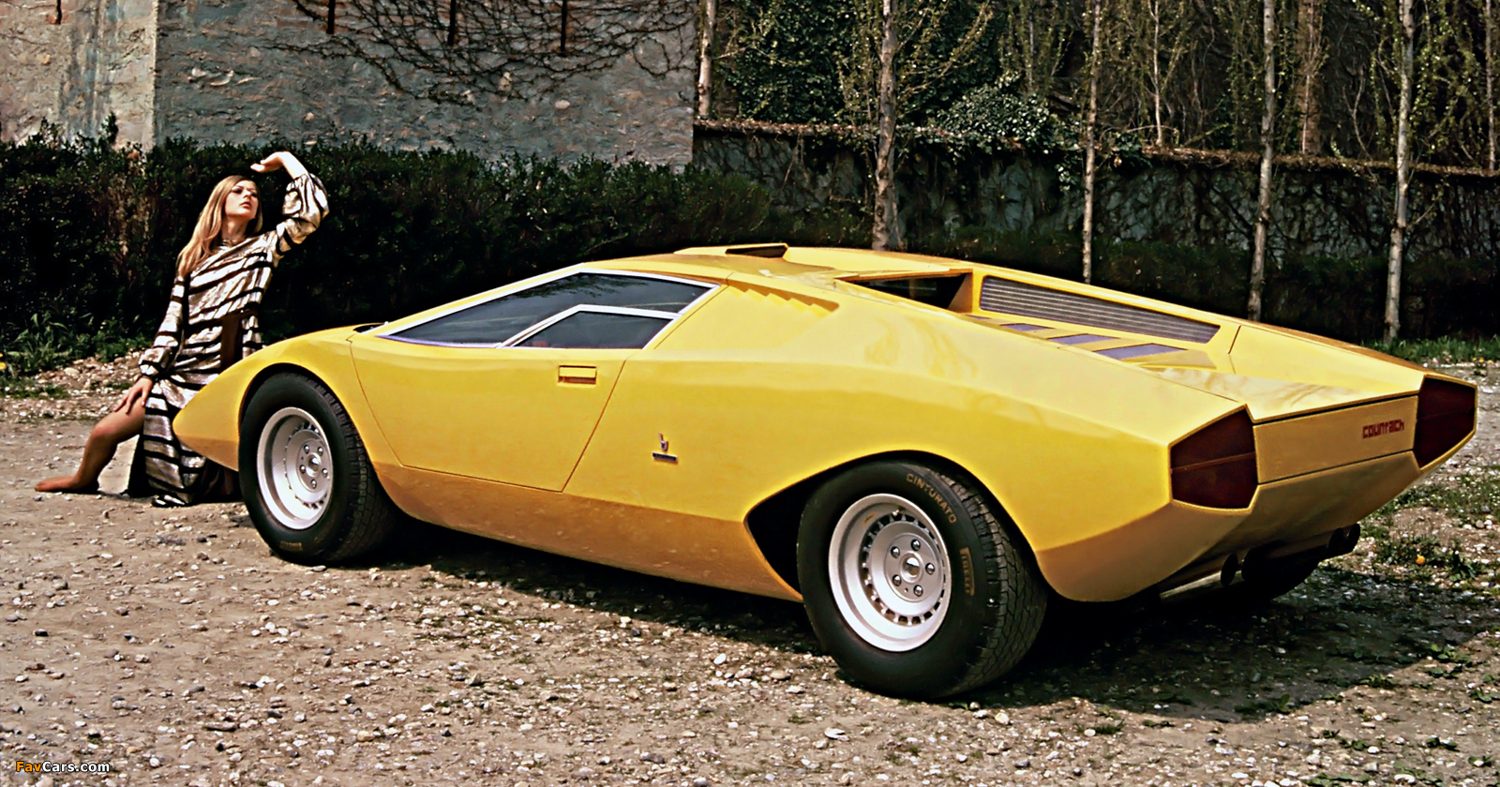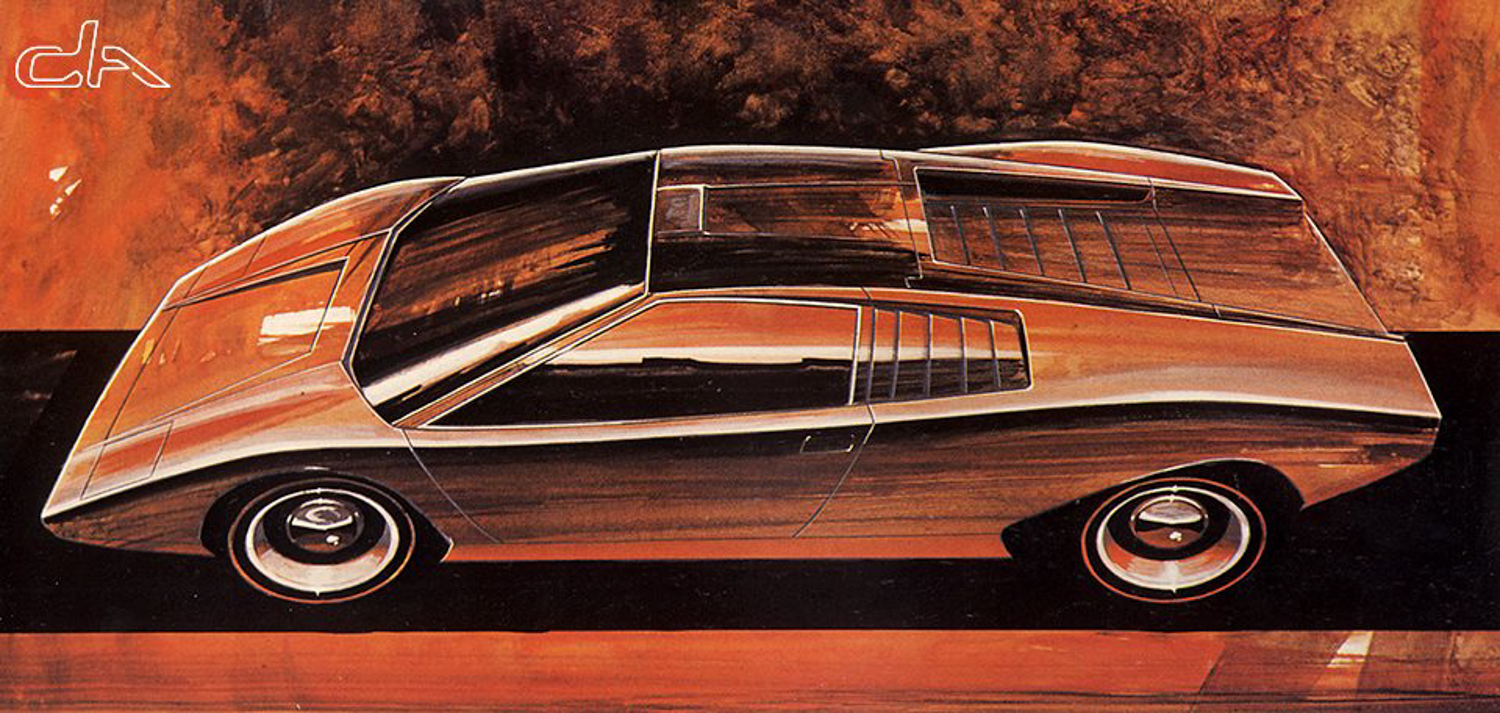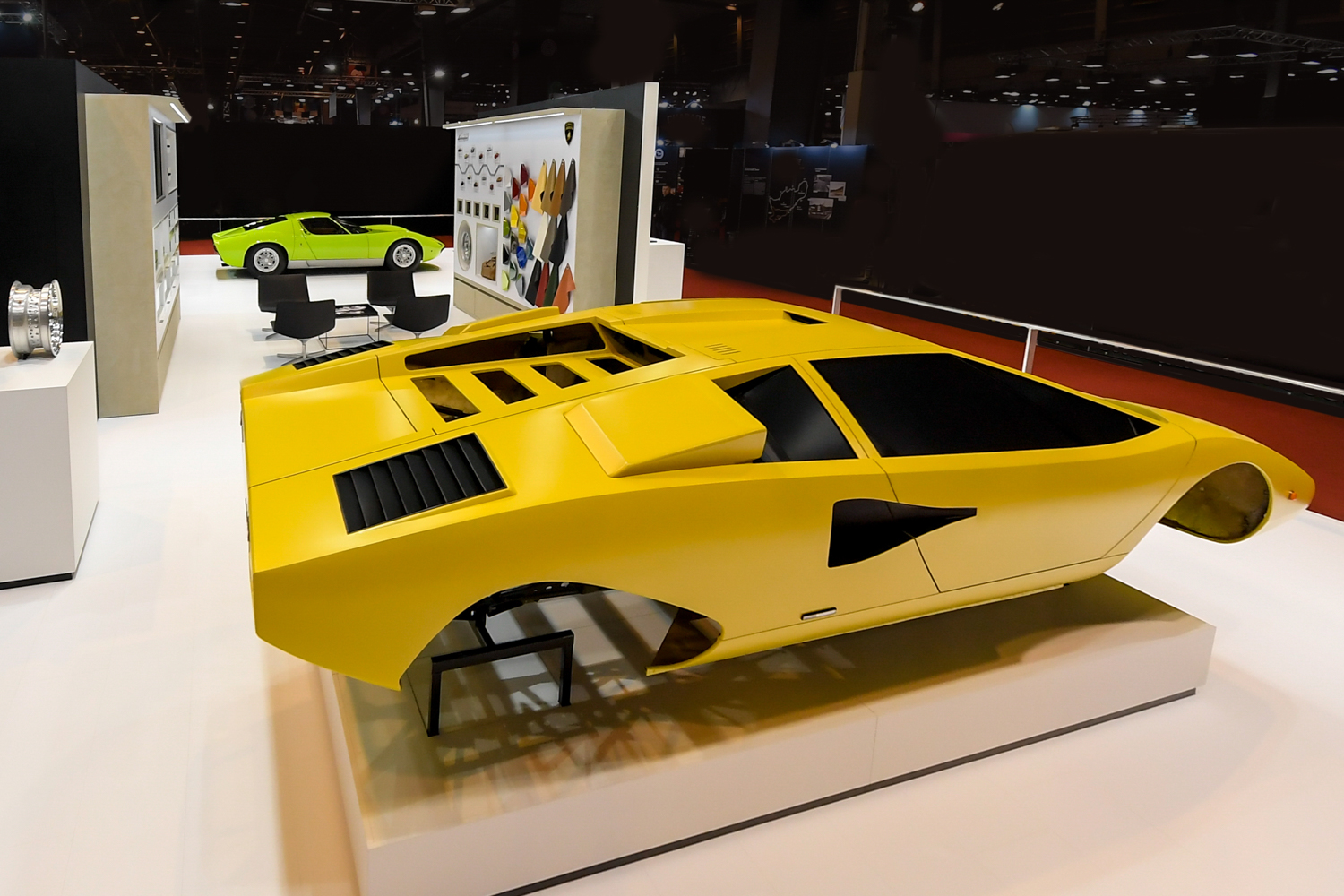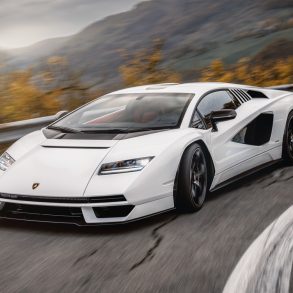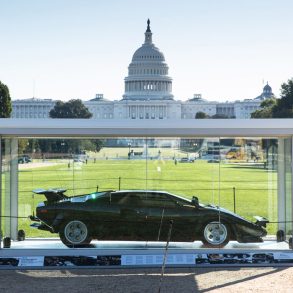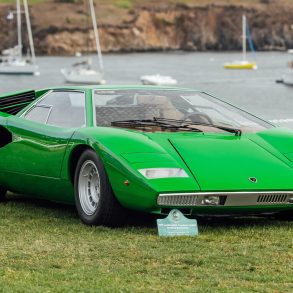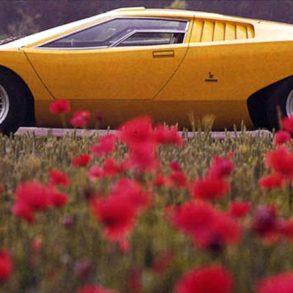The first time I saw a photo of the Lamborghini Countach I knew it was something special. I was probably 11 or 12-years old, but even at that age, after seeing Jaguars, Porsches, and Ferraris, the Countach looked like it was from another planet. Lamborghini had only been in business for seven years when the concept was first revealed in 1971. Although they had built several cars—and the stunning Miura was unquestionably beautiful—the Countach wasn’t beautiful in traditional ways; it was chiseled, crisp, and wicked. As a budding car designer, I immediately changed my undulating curved profile drawings to the razor sharp triangular profile of the Countach. Much to my delight, the crisp architecture lent itself well to building crude cardboard cutout scale models. The Countach was not only new and inspiring, it introduced me to the third dimension of car design; model making.
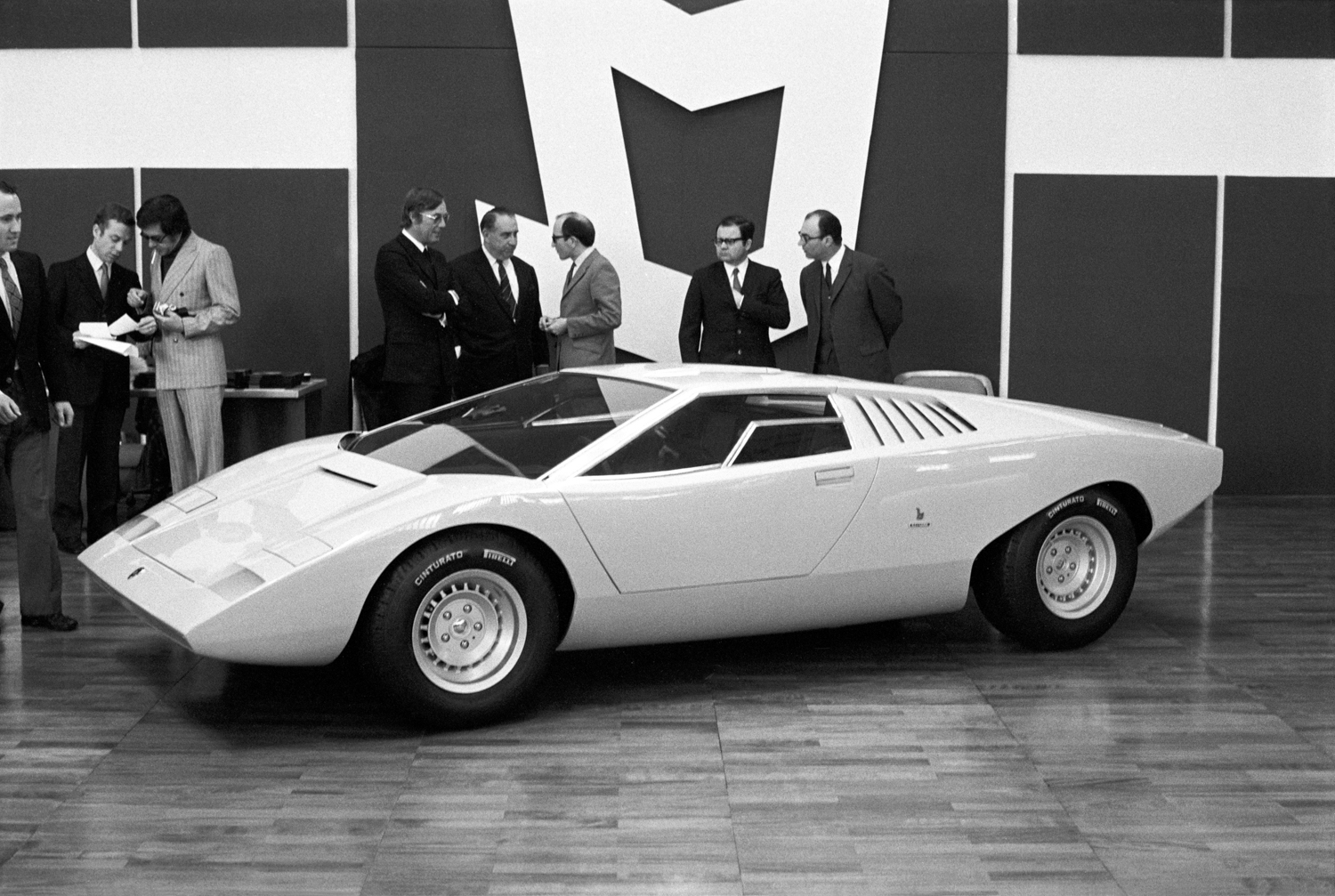
Unveiled at the 1971 Geneva Motor Show, the shocking Gandini design was low, angular, and powerful. And while the debut of the concept car was shocking enough—and Lamborghini certainly could have been happy to rest on their conceptual achievement—instead they immediately began preparing the car for production. The dramatic cab-forward architecture, longitudinal V12 engine and the aggressive geometric design captivated everyone with visions of the future.
After three long years refining its production, the first production cars arrived. The Countach immediately became a worldwide object of desire for legions of ambitious kids aspiring to one day own one. Arguably the father of modern supercars today, the Countach succumbed to increased regulations, bumper height restrictions, wheel flares and changes in ride height. Then there was the rear wing. A whopping $5,000.00 extra cost, the rear wing was both expensive and heavy. By the late 1980s, the Countach had become the equivalent of the automotive “Vegas Elvis.” Bloated and overdone, stumbling on stage, still hoping to charm fans with memories of earlier bravado.
But let’s get back to the Jailhouse Rock Countach. In the earliest production versions, the Countach offered the pure, unobstructed clarity of the original Gandini concept contained in a drivable exotic. One of Gandini’s most innovative details, featured on early cars, is the Periscopica roof configuration. This novel feature was derived out of necessity due to the low profile of the rear window in relation to the roofline and driver position. A traditional rear view mirror would simply not allow a clear rear view. So the Bertone team cut the roof inward, creating a ramped channel into the inside of the cockpit. This allowed a periscopic view of the rear through the cleverly dropped roof section in between driver and passenger.
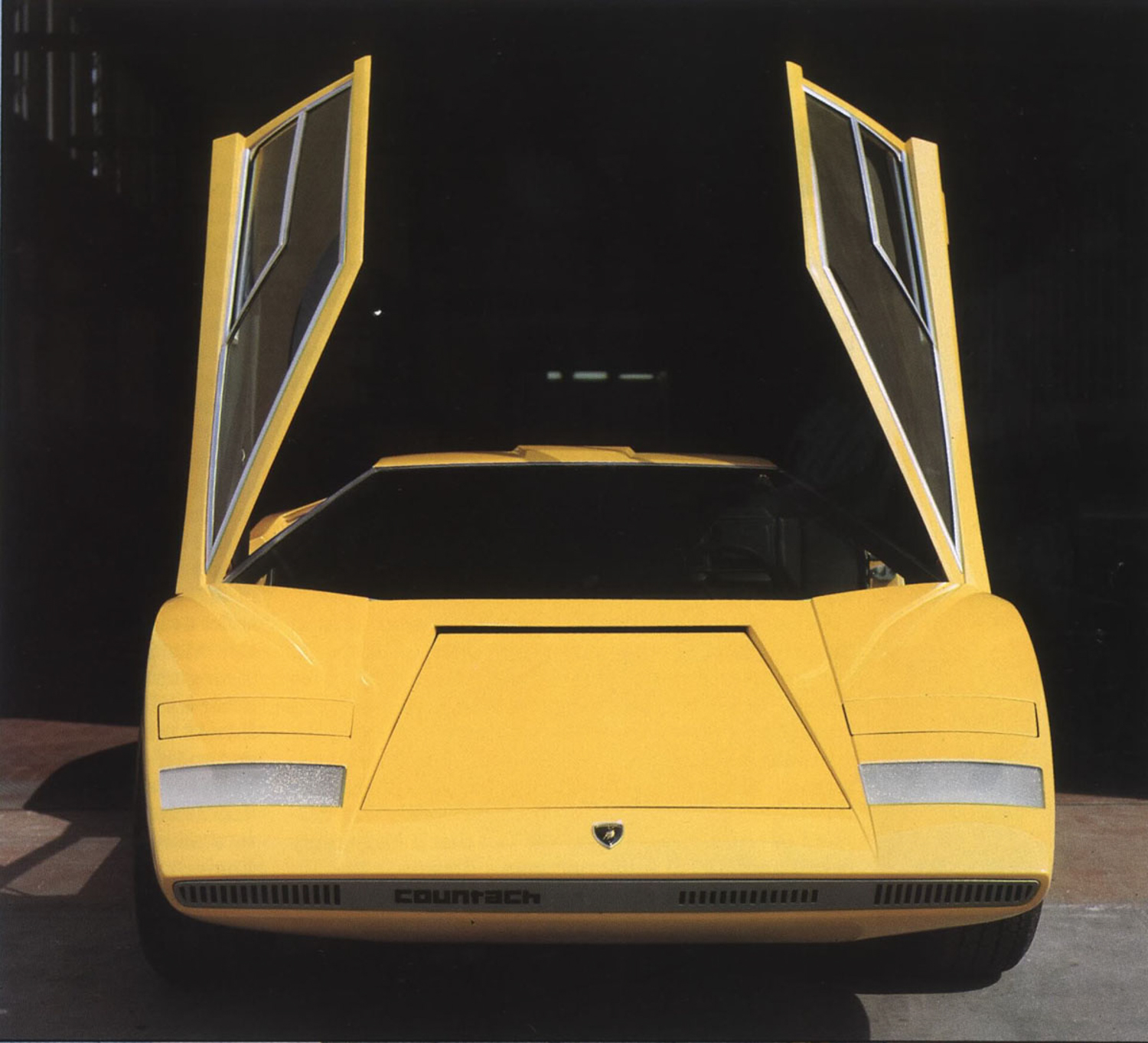
With so much of the design in the top surfaces, Gandini chose to execute the profile with a narrow shoulder and an undulating belt line with clean surfaces. The earliest concept was void of the NACA duct intake (originally developed as part of the space program for intake vents on jets and rockets). The only engine cool-air intake area was hidden in the dramatic tumble-home of the trailing side glass with body colored metal slats that were angled just right to cause vortices that would actually lift air rather than pull it inward. Tests proved quickly that far more engine cooling was needed and thus tall box scoops were added atop the metal slats and the NACA ducts pressed into the body sides. Another profile concept feature that endured into production was yet another brilliant Gandini idea, the angular rear wheel opening. This clever element gave the car a sense of motion even while standing still. Then there is the view from the rear. Seeing the Countach from the rear view, it is impossible not to speak in shock just as the Piedmontese Italians so perfectly summed up their sense of surprise with the word “Countach” – an exclamation meaning “Wow!” With its unrivaled state of the art design and engineering, coupled with V12 performance, there are very few objects of such visceral presence than the incomparable Countach. And we’ve yet to even enter the car.
Visually captivating in every respect, approaching and entering the Countach is an experience you never forget. The first touch to enter is tucked inside the NACA duct where a small pushbutton door handle releases the door latch. In yet another Bertone/Gandini hallmark of imagination, the door opens upward in a scissor motion, much like a fighter canopy might do. The interior reveals the same cockpit theme with daringly sloped seats divided by the enormous gearbox separating driver and passenger. Closing the door, the dashboard stretches out into the windshield, which drops down so fast, one can barely see the front edge of the car when seated.
Today an early series Lamborghini Countach will set you back about a million dollars. That’s a high price to pay for any car. But there is a certain brash and unrelenting presence that only a Countach can deliver. Ultimately the Countach is more than a sports car. It’s a statement of dreams, imagination and inspiration all folded up into a remarkable surge of creative energy that miraculously replenishes itself with newfound relevance year and after year, even when compared to newer hypercars.


